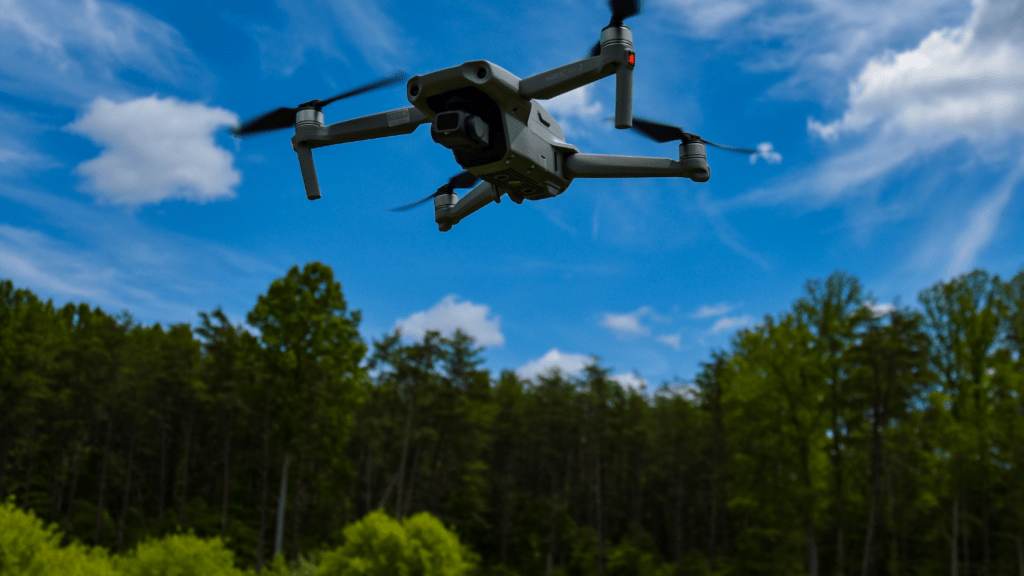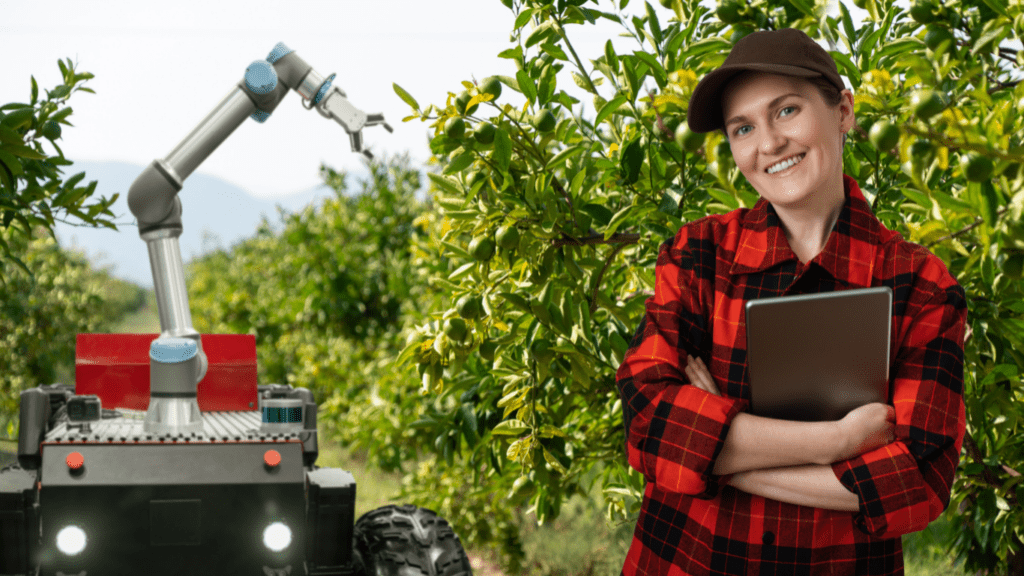Understanding AI and Machine Learning in Farming
AI and machine learning technologies play a vital role in modern agriculture. Farmers use AI algorithms to analyze vast datasets, predicting crop yields and identifying optimal planting patterns.
My experience shows that AI-driven machinery, like autonomous tractors, streamlines planting and harvesting tasks. Machine learning models adjust irrigation schedules based on real-time data, conserving water where necessary.
In pest management, AI systems detect and diagnose infestations early, reducing crop damage. Farmers deploy drones equipped with AI to scan fields, providing insights into plant health and soil conditions.
My use of predictive analytics has demonstrated significant improvements in crop management decisions. For instance, machine learning models predict ideal times for sowing and harvesting based on weather forecasts and soil moisture levels.
Adoption of these technologies boosts productivity. AI and machine learning algorithms help manage resources more efficiently, tackling issues like water scarcity and pest outbreaks effectively. These advancements not only reduce labor but also contribute to more sustainable farming practices.
Benefits of AI and Machine Learning for Agriculture
AI and machine learning (ML) revolutionize farming, offering numerous benefits to modern agriculture.
Increased Efficiency
AI and ML enhance farming processes by automating repetitive tasks. Autonomous tractors, for instance, automate plowing, seeding, and harvesting. Drones equipped with AI assess crop health, applying fertilizer precisely where needed. This reduces time, labor, and operational costs, while maximizing productivity.
Precision Farming
Precision farming uses AI to manage variations in the field. Soil sensors collect data on moisture, nutrient levels, and pH. AI analyzes this data, generating insights for optimal planting and fertilization schedules. Farmers adjust actions based on real-time recommendations, ensuring maximum yield and resource efficiency.
Enhanced Crop Monitoring
AI improves crop monitoring by detecting issues early. Image recognition algorithms analyze drone-captured photos to identify pest infestations and plant diseases. Machine learning models predict outbreaks before they escalate. Early intervention reduces crop loss and improves overall farm health.
Key Tools and Technologies
AI and machine learning have introduced several key tools and technologies that are revolutionizing farming practices. These advanced solutions help farmers make more informed decisions and streamline their operations.
Drones and Satellites

Drones and satellites offer a bird’s eye view of fields, providing farmers with high-resolution images that show crop health and growth patterns. They help identify areas needing attention, such as spots affected by disease or drought.
Drones equipped with multispectral sensors capture data in different wavelengths, revealing details invisible to the naked eye. In contrast, satellites cover larger areas, offering periodic updates crucial for monitoring seasonal changes and long-term trends.
IoT Sensors
IoT sensors are pivotal in collecting real-time data from fields. These sensors measure soil moisture, temperature, and nutrient levels, offering accurate information to farmers.
For example, placing moisture sensors at different soil depths helps monitor irrigation effectiveness. Additionally, temperature sensors alert farmers to frost risks, enabling timely protective actions. This constant data flow aids in optimizing water and fertilizer usage, reducing waste and boosting crop yields.
AI-Powered Machinery
AI-powered machinery, such as autonomous tractors and harvesters, automates various farming tasks. Autonomous tractors follow precise GPS-guided routes, ensuring uniform planting and spraying.
These machines use machine learning algorithms to adjust to different field conditions, enhancing efficiency. Harvesters equipped with AI detect ripe crops, ensuring timely and efficient harvesting. This automation reduces labor costs and minimizes human error, enhancing overall productivity.
These tools and technologies are essential in modern farming, as they provide farmers with the precision and efficiency needed for sustainable agriculture.
Case Studies and Real-World Examples
Examining case studies reveals the tangible benefits AI and machine learning bring to farming. These examples showcase successful implementations and highlight valuable lessons learned from practical applications.
Successful Implementations
- John Deere’s Autonomous Tractors: John Deere introduced autonomous tractors, reducing labor costs and increasing productivity. These machines optimize routes in real-time, ensuring fuel efficiency and minimal soil compaction.
- Blue River Technology’s See & Spray: This AI-driven technology identifies and targets weeds with herbicides precisely. Initial results show a significant reduction in chemical use, improving both cost-effectiveness and environmental sustainability.
- The Climate Corporation: Using machine learning algorithms, The Climate Corporation’s FieldView platform analyzes weather patterns and soil conditions to provide tailored recommendations. Farmers reported up to a 20% increase in yields after integrating these insights.
Lessons Learned
- Integration Challenges: Farmers faced difficulties integrating AI systems with existing machinery. Solutions involved investing in compatible equipment and training.
- Data Quality: High-quality data proved crucial for accurate predictions. Poor data collection methods led to suboptimal AI performance. Implementing advanced IoT sensors enhanced data accuracy.
- Scalability: Smaller farms struggled with the cost of AI technologies. By adopting scalable solutions like subscription models for AI software, even small-scale farmers could benefit.
These case studies offer a snapshot of how AI and machine learning transform farming, providing clear results and guiding future implementations.
Challenges and Limitations
Integrating AI and machine learning into farming presents several challenges. These obstacles range from technological barriers to adoption costs, affecting the widespread use of these advanced technologies in agriculture.
Technological Barriers
AI and machine learning need seamless internet connectivity to function efficiently. In rural areas, connectivity issues persist, hindering real-time data sharing and machine operations.
Additionally, AI systems require vast amounts of high-quality data. However, collecting such data can be difficult due to inconsistent data collection methods and lack of standardization.
Furthermore, advanced AI tools often need regular updates and maintenance. Without proper technical support, maintaining these systems becomes challenging for farmers.
Adoption and Costs
High initial investment is one key hurdle in adopting AI and machine learning in farming. Small and medium-sized farms may find it difficult to invest in expensive AI equipment and systems. Even after the initial investment, ongoing costs for software updates, maintenance, and training add financial strain.
Another significant challenge is the skill gap. Farmers need adequate training to operate and understand AI technologies effectively. Without access to proper education and resources, many farmers struggle with adoption, limiting the potential benefits of these technologies.
Future Prospects
AI and machine learning stand poised to transform agriculture even further. Emerging innovations and their potential impacts make an exciting area of study.
Innovations on the Horizon
Several innovations promise to reshape farming’s future. Autonomous tractors, like those developed by Case IH, will automate planting and harvesting.
Companies like FarmWise are creating AI-driven weed management systems; their robots use computer vision to identify and remove weeds. Vertical farming, supported by AI, will optimize indoor crop growth, using sensors to adjust light, humidity, and nutrition.
Potential Global Impact
AI and machine learning could address global food security issues. Precision farming can increase crop yields, crucial in feeding a growing population.
AI tools will help farmers use resources like water and fertilizers more efficiently, reducing waste and environmental impact. In developing regions, AI-driven advisory services can provide farmers with critical information on weather patterns and crop diseases, improving productivity and livelihoods.
These future prospects underscore AI’s transformative potential in agriculture, impacting efficiency, sustainability, and global food security.



